Planning a trip to Africa in 2025? The continent offers breathtaking landscapes, rich traditions, and unforgettable adventures—but not every destination is currently safe for visitors. Countries like Somalia, Sudan, South Sudan, the Central African Republic, Mali, Burkina Faso, Libya, Nigeria (northeast), the Democratic Republic of Congo, and Eritrea are among the most dangerous to visit in 2025 due to ongoing armed conflict, terrorism, political instability, or failing infrastructure. While many African nations remain beacons of growth and hospitality, these high-risk regions demand heightened awareness and caution.
This guide isn’t about fearmongering. It’s about informed travel.
We’ve compiled a carefully researched list of the Top 10 most dangerous countries in Africa to visit in 2025 based on official travel advisories, recent conflict data, and firsthand safety reports. Whether you’re an intrepid backpacker, humanitarian worker, or just curious about global travel risks, this list will help you understand where caution is not just wise, but essential.
Because in today’s world, knowing where not to go is just as important as knowing where to go.
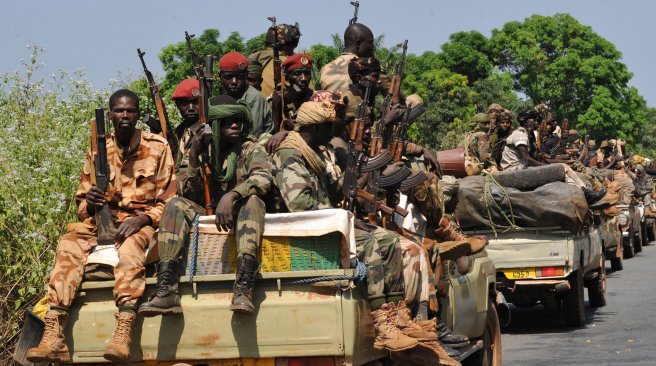
Table of Contents
The Most Dangerous Countries in Africa to Visit
1. Somalia – Extreme risk

Somalia remains the most hazardous destination in Africa. For decades, the nation has grappled with government collapse, lawlessness, and a steady stream of terrorist attacks, primarily from Al-Shabaab. Assaults, bombings, and kidnappings are tragically routine, both in Mogadishu and rural areas. Piracy off the Somali coast further endangers maritime travel, making it unsuitable for tourists in 2025.
2. South Sudan – Extreme risk
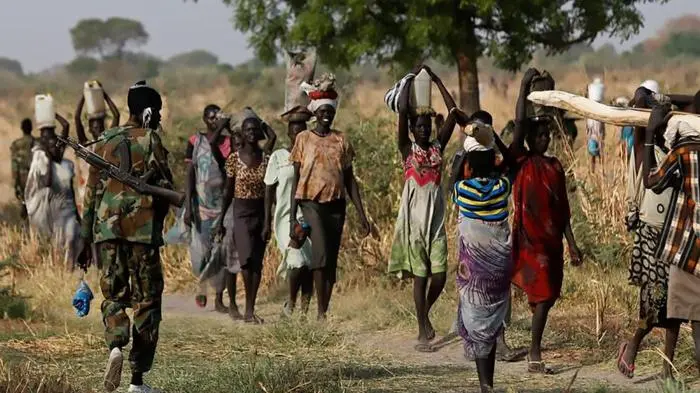
Since its independence in 2011, South Sudan has been plagued by brutal civil conflict and ethnic violence. Armed clashes, kidnappings, and rampant crime persist, while infrastructure for healthcare and transport remains dire. Virtually nonexistent state authority makes emergency support unreliable, earning it a rightfully bleak reputation.
3. Sudan – Extreme risk
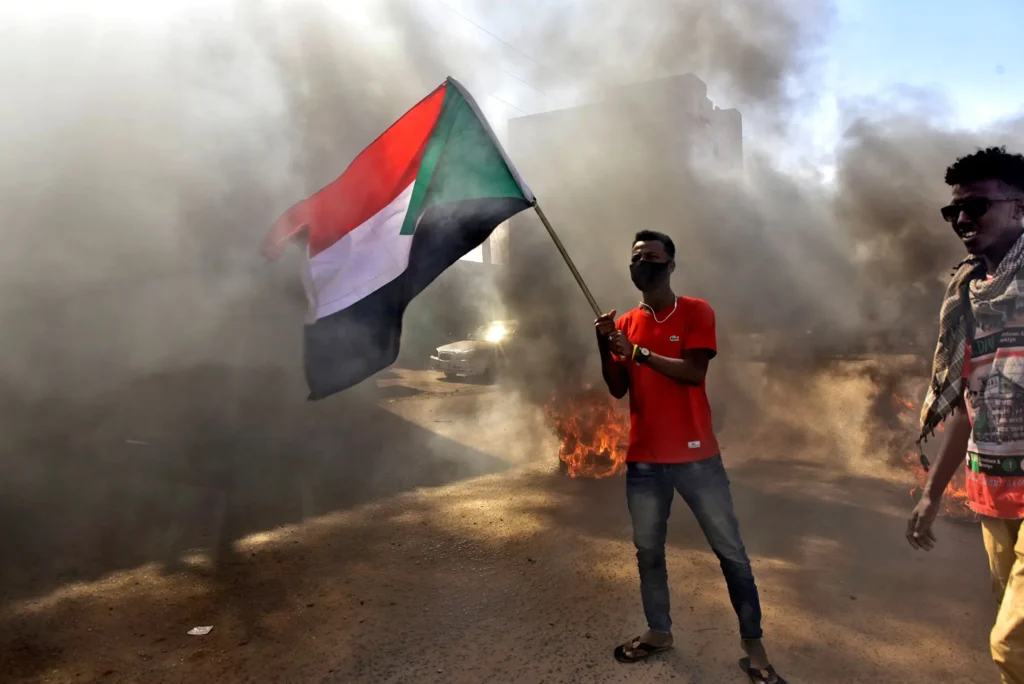
Sudan’s resurgence of civil war—particularly since the April 2023 SAF vs. RSF conflict—has devastated its infrastructure and security systems. Shelling, looting, famine, and breakdowns in medical and governmental services are widespread. Both urban centres like Khartoum and rural regions present an acute danger to any foreign traveller.
4. Ethiopia – High risk
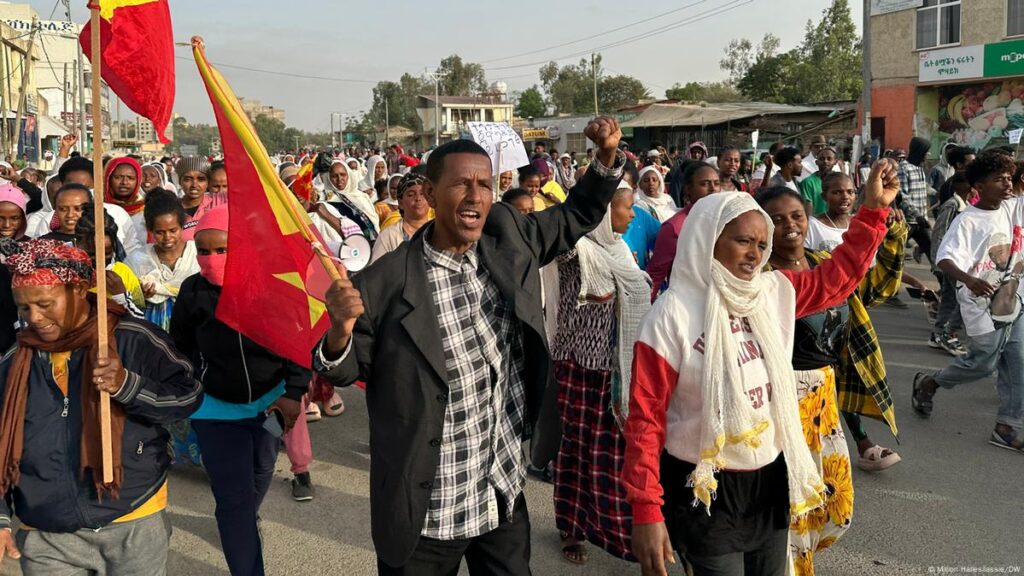
Internal strife in Ethiopia’s Tigray, Amhara, and Oromia regions continues apace. Ethno‑political violence, armed insurgencies, and irregular military operations make travel unpredictable and hazardous. Frequent road closures and spot flare‑ups add to the volatility, especially in contested zones.
5. Democratic Republic of the Congo – High risk
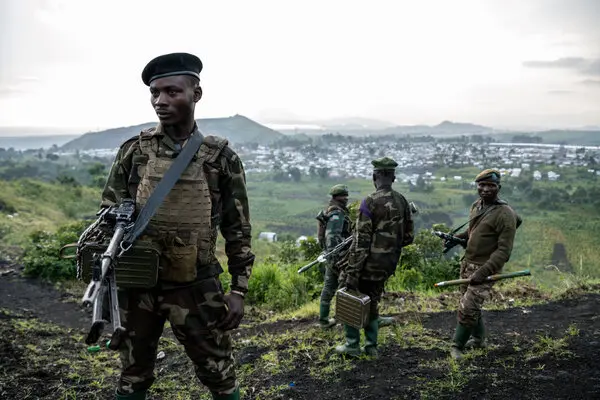
The DRC’s eastern provinces remain engulfed in relentless conflict. Rebel groups like M23, ADF, CODECO, Mai‑Mai militias, and ISCAP routinely stage attacks—killings, mass rapes, village burnings, and kidnappings. Goma fell in January 2025 to M23, igniting widespread internal displacement, property destruction, and violent protests in Kinshasa.
6. Central African Republic – High risk
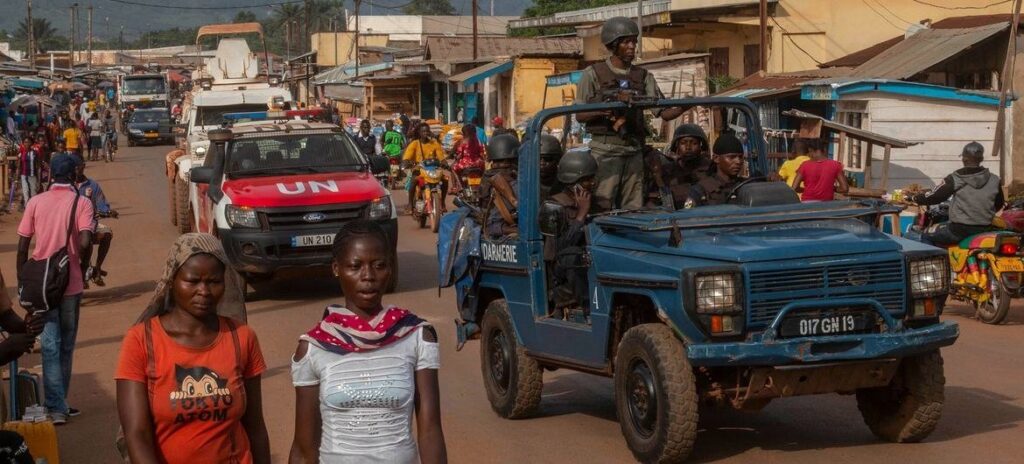
CAR is mired in political chaos and factional violence. Armed militias like Anti‑Balaka and ex‑Seleka dominate vast swaths, primarily outside Bangui. Kidnappings, banditry, and violent confrontations have created a persistent climate of fear, prompting official advisories to avoid travel beyond the capital.
7. Burkina Faso – High risk
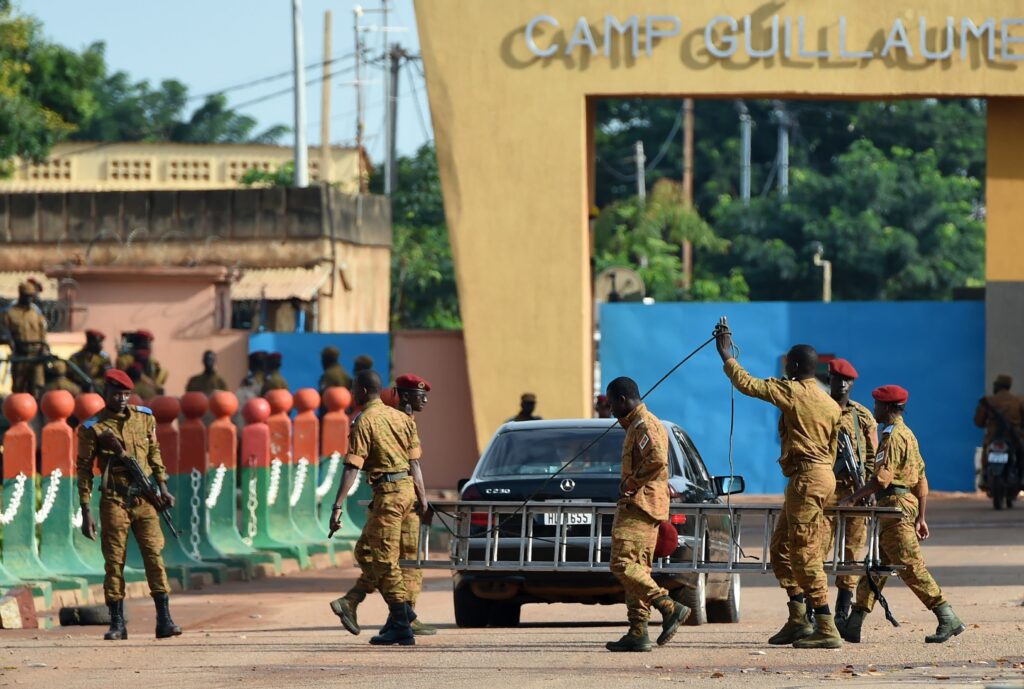
Northern and eastern Burkina Faso are under siege from jihadist factions linked to AQIM and ISIS. Frequent bombings, ambushes, kidnappings, and armed raids make these regions off-limits to tourists. Limited governmental control and shaky infrastructure compound the danger
8. Mali – High risk
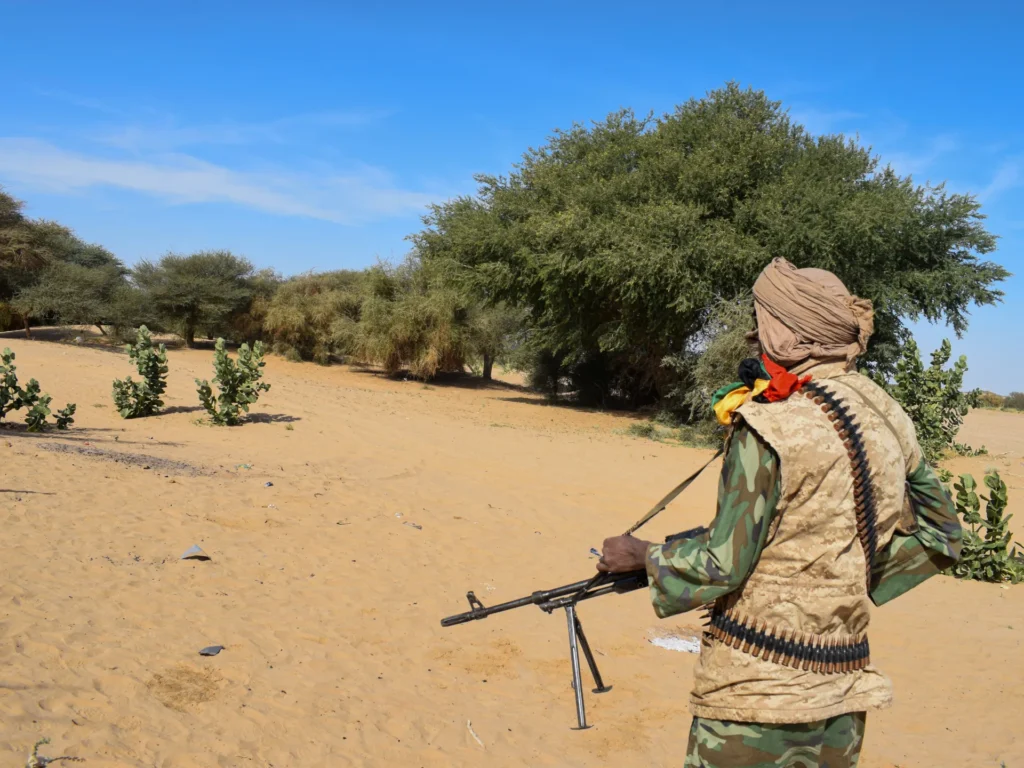
Mali’s persistent instability stems from the Sahel insurgency. Islamist militants linked to AQIM and ISGS operate openly, targeting soldiers, peacekeepers, and civilians alike. Recent attacks—such as June 2025 strikes on military bases near Timbuktu—underline the severity of the threat.
9. Nigeria – High risk
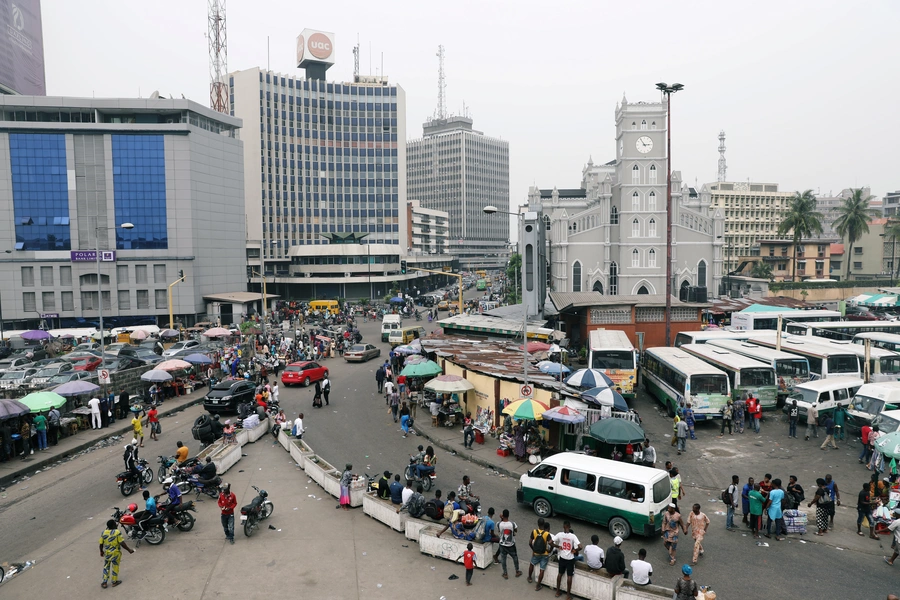
Nigeria faces layered security threats: insurgencies by Boko Haram and ISWAP in its northeast, banditry and kidnappings in the northwest, and growing separatist militancy in the southeast. Even Lagos and Abuja see increasing incidents of violent crime and fraud. Tourists must limit travel to well‑protected southern areas and remain ever watchful.
10. Djibouti – Medium risk
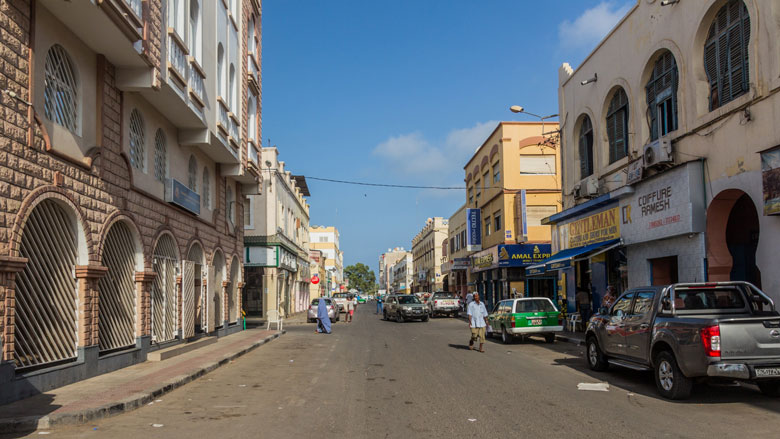
Though less perilous than its counterparts, Djibouti still warrants caution. Political tensions occasionally burst into unrest, while border regions with Eritrea and Ethiopia harbour terrorist risk. Its strategic Horn-of-Africa position means occasional flashpoints tied to regional instability.
Common Risk Drivers Across These Countries
| Risk Factor | Insight |
|---|---|
| Terrorism/Conflict | Militant groups like Al-Shabaab, JNIM, Boko Haram, ISCAP fuel frequent attacks and bombings. |
| Civil strife/War | Ongoing wars in Sudan, South Sudan, and the DRC make entire regions too dangerous for travel. |
| Kidnapping/Gang violence | Extremist factions, bandits, militias—and even opportunists—target foreigners and locals alike. |
| Weak infrastructure | Lack of reliable health, transport, or communications hampers emergency aid and security response. |
| Piracy | Somalia’s coast remains one of the world’s most dangerous maritime zones. |
Travel Advisory: Precautions if You Must Go
- Consult Official Advisories
Before planning, review sources like the U.S. State Department, UK FCDO, or your national government. Many of these countries carry “Do Not Travel” or equivalent warnings. - Avoid High‑Risk Zones
Stay out of borderlands, rural areas, and known conflict zones. Even within capital cities, risk can spike without warning. - Book with Reliable Providers
Use vetted tour operators with strong security measures and established local partnerships. - Register and Insure
Enrol with your embassy, secure comprehensive travel and medical insurance—plus kidnap‑ransom coverage if entering unstable regions. - Observe Local Realities
Steer clear of protests, demonstrations, and military checkpoints. Respect local customs, photography restrictions, and curfews. - Build Contingency Plans
Prepare for abrupt governance breakdowns, border closures, or evacuation scenarios. Know where embassies and medevac hubs are located.
A Balanced Perspective
The allure of Africa—its wildlife, landscapes, cultures, and history—is undeniable. Whether it’s the Giza pyramids, Maasai mara, Timbuktu, or Victoria Falls, the continent offers transcendent experiences. However, the 2025 risk landscape demands a sober, well‑informed approach. Many nations still beckon—but only with meticulous planning and a clear-eyed view of safety challenges.
In Summary
The Top 10 most dangerous countries in Africa to visit in 2025 are:
- Somalia
- South Sudan
- Sudan
- Ethiopia
- Democratic Republic of the Congo
- Central African Republic
- Burkina Faso
- Mali
- Nigeria
- Djibouti
This list integrates recent conflict data, travel advisories, and on-the-ground security incidents, guiding travelers away from unnecessary hazard. If heading to these destinations, proceed only with deep research, local expertise, and robust risk mitigation.
Join Our Social Media Channels:
WhatsApp: NaijaEyes
Facebook: NaijaEyes
Twitter: NaijaEyes
Instagram: NaijaEyes
TikTok: NaijaEyes
READ THE LATEST ENTERTAINMENT NEWS








































